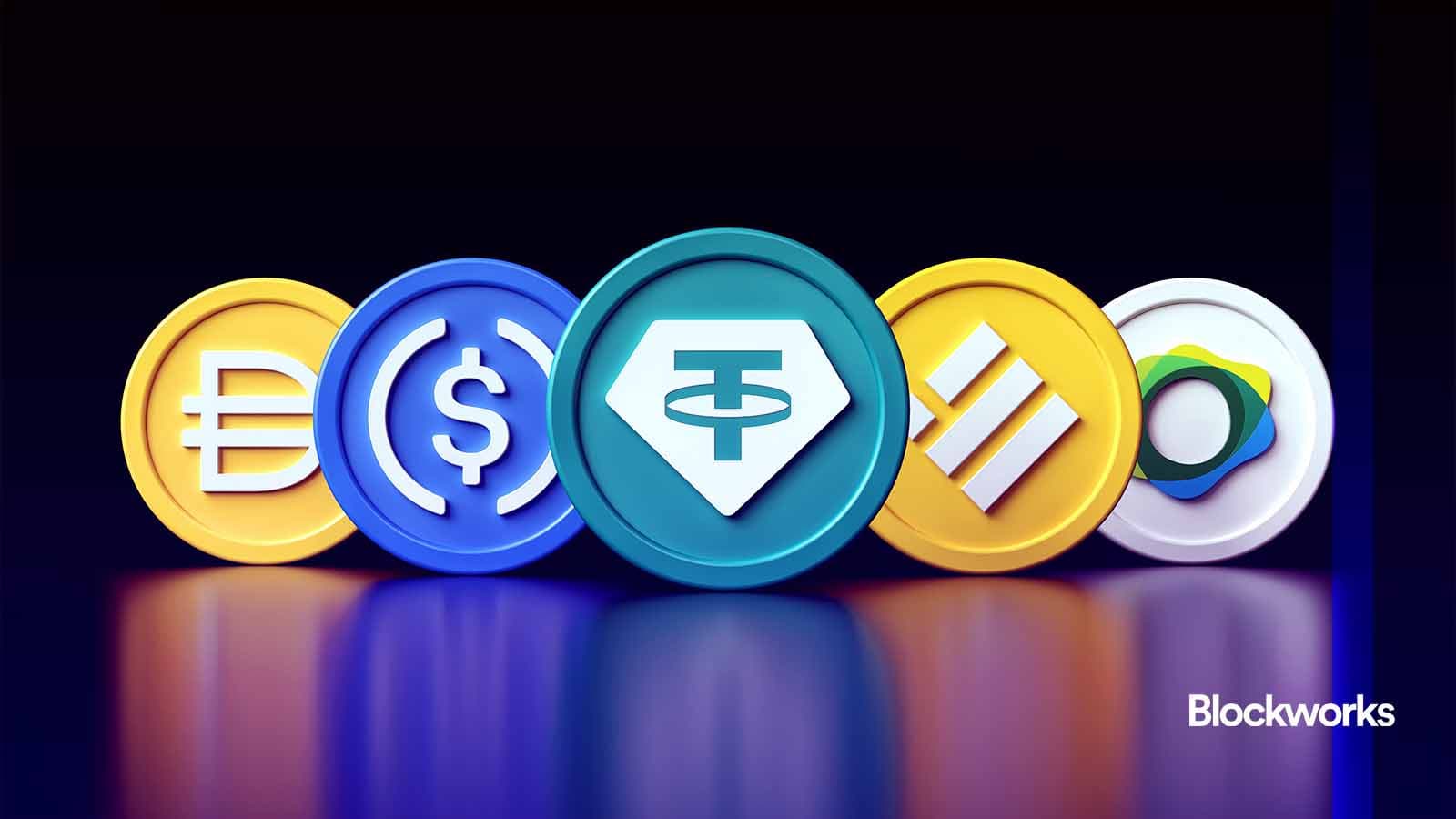Stablecoins Are Reshaping Finance—Now the Battle for Dominance Begins

Forget ’too big to fail’ banks—stablecoins are the real disruptors, quietly eating traditional finance’s lunch. But which players will control this $200B+ shadow monetary system?
The contenders: Tech giants, crypto natives, and—ironically—the same banks they’re undermining.
Bonus jab: Watch legacy institutions suddenly ’discover blockchain’ when they realize stablecoins cut their profit margins by 40%.
Disruption is coming
Christensen’s disruptors started in niche markets — and stablecoins started in emerging ones.
For people in the United States with access to bank deposits, stablecoins are essentially an inferior kind of dollar — not FDIC insured, not properly audited, not integrated into ACH or SWIFT and (despite the name) not always exchangeable for $1.
For people outside of the United States, however, they are a better kind of dollar — unlike $100 bills, you don’t have to hide them, they won’t get torn or defaced, and you don’t have to meet someone face-to-face to exchange them.
This has made US dollar stablecoins wildly popular in countries like Argentina — one-fifth of Argentines are said to use them daily — even as few people in the US could tell you what they are.
Argentina is not the only place stablecoins are used, of course — stables are popular with DeFi traders, anyone who can’t pass a KYC check, emigrants sending remittances home, employers paying cross-border freelancers and savers escaping their local hyperinflating currency.
None of these are profitable enough as customers for incumbent banks to bother with, so it didn’t matter that stablecoins started out as inferior to bank-issued money.
For a while, people were so desperate for digital dollars that they didn’t even seem to care whether Tether’s USDT was fully backed.
They are much improved since: Circle offers a regulated alternative to USDT, Tether itself appears to be playing it by the book too, and some stablecoins even offer yield.
But is this innovation truly disruptive?
The Christensen Institute has a six-part test to determine whether an innovation qualifies as disruptive:
Does it target non-consumers or people who are overserved by an incumbent’s existing offering in a market?
Yes — DeFi traders and emerging market savers don’t need FDIC-backed US bank deposits (they’d be “overserved” by a full US bank account), but they do want digital dollars.
Is the offering not as good as an incumbent’s existing offering as judged by historical measures of performance?
Yes — stablecoins have deviated from their $1 peg, gone to zero (Luna/UST), can be expensive to on- and off-ramp, and can be frozen without recourse.
Is the innovation simpler to use, more convenient or more affordable than the incumbent’s existing offering?
Yes — sending stablecoins is easier than sending bank deposits, are more convenient for many, and more affordable for some.
Does the offering have a technological enabler that can carry it upmarket and allow it to improve?
Yes — blockchains!
Is the technology paired with a business model innovation that allows it to be sustainable?
Maybe? Tether may be the most profitable company in history on a per-employee basis, but if US regulators allow stablecoins to pay interest, issuing them might not provide any profits at all.
Are existing providers motivated to ignore the new innovation and are not threatened at the outset?
No. Incumbents seem alert to the threat and aware of the opportunity.
“Almost always, when low-end disruptions emerge, it creates a situation where the leaders in the industry actually are motivated to flee rather than fight you,” Christensen writes. “That’s why low-end disruption is such an important tool to create new growth businesses: The competitors don’t want to compete against you; they just walk away.”
Stablecoins may be a rare exception: Instead of walking away from the low-cost innovation of stablecoins, incumbents appear to be racing toward it.
The payment incumbents Visa, Mastercard and Stripe have all announced new stablecoin offerings in recent weeks; BlackRock’s BUIDL fund (which looks like a yield-paying stablecoin) is rapidly attracting assets; the CEO of Bank of America says it’s likely to issue a stablecoin as soon as regulators allow it.
That might be because finance executives have all read The Innovator’s Dilemma.
Or it might be because stablecoins are so easy to issue.
Christensen frames disruptive innovation as company driven — where startups use low-end beachheads to claw their way into the mainstream before incumbents take them seriously.
And that might be how it works out for stablecoins, too: The Circle Payments Network may be to Circle what Lexus was to Toyota.
But Circle’s competition isn’t as sleepy and slow moving as Toyota’s, so it’s entirely possible that stablecoins’ early innovators will, in an inverse of Christensen’s theory, be killed from above.
The end result could be the same either way: A recent Citi report predicted that stablecoin AUM could hit $3.7 trillion by 2030, largely because of institutional adoption.
- Blockworks Daily: Unpacking crypto and the markets.
- Empire: Crypto news and analysis to start your day.
- Forward Guidance: The intersection of crypto, macro and policy.
- 0xResearch: Alpha directly in your inbox.
- Lightspeed: All things Solana.
- The Drop: Apps, games, memes and more.
- Supply Shock: Bitcoin, bitcoin, bitcoin.

